The Śālabhañjikā (शालभंजिका) is a recurring sculptural motif in Hindu, Jain, and Buddhist sacred spaces. The Shalabhanjika is a stylised sculpture that usually exaggerates feminine features, of a standing woman, holding a branch of a tree.
Shalabhanjika sculptures often adorn the pillars of a temple, or are placed along the circumambulation path (pradakshina path) of the deity, or in the temple’s architecture as bracket figures. It is assumed to be a symbol of fertility and auspiciousness.
Shalabhanjika: Etymology
Literally, the word Shala-bhanjika means, “the breaking/bending of a branch of the Shala tree” (Shorea robusta). The word has been in use in ancient Indian literature since the 5th century BCE. The earliest carvings of this sculpture form emerged during the Maurya period (4th Century BCE) and continued to appear in various places during the Sunga and Satavahana periods. (2nd Century BCE to 1st CE).
Origin: Shalabhanjika
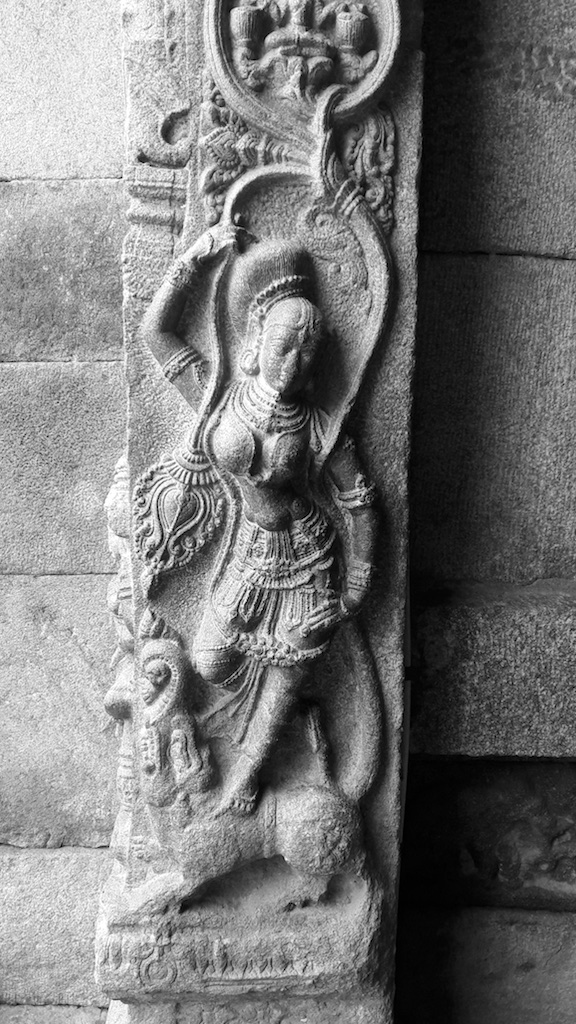
A “pastime” or a “garden game” in folk tradition is suggested in the Ashtdhyayi of Panini, and is limited to the eastern parts of the country where Shala trees were in abundance. The connotation of the terms Shalabhanjika is such a game, where ladies used bend branches of the Shala tree, pluck the flowers and throw them on each other.
According to Buddhist texts, when Mayadevi, the mother of Lord Buddha, was on her way to her father’s city, she stopped on the way when she saw the Lumbini grove, full of Shala trees, in full bloom. She, with her escorts entered the grove to entertain themselves. At the time, Lord Buddha was in her womb. As the Queen gracefully stood along a Shala tree, her labour pains commenced, and Lord Buddha was born there. The Queen stood in the classical tribhanga pose, and this scene, therefore is considered auspicious by the Buddhists.
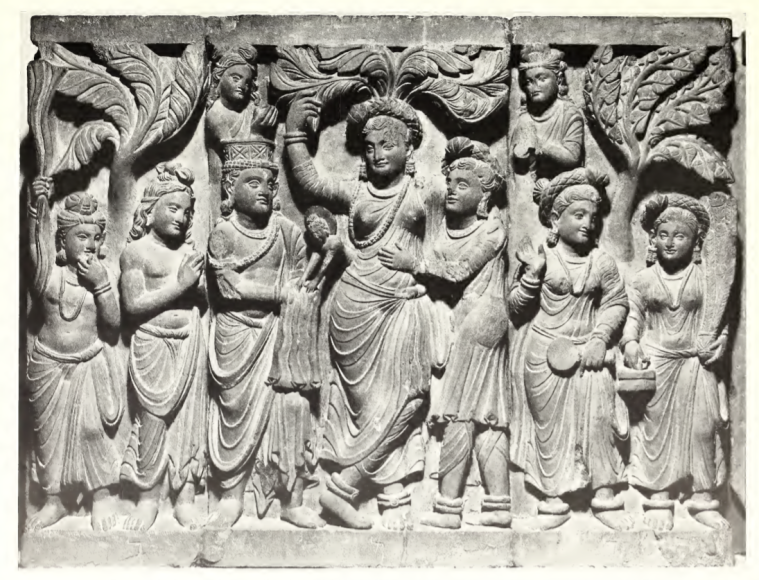
Over time, the motif took on two forms, one representing the “nativity” scene, which was essentially sacred, and the other in which a charming beauty was depicted with the branch clasped in her hands, which was secular.
Shalabhanjika: In Sculpture
A typical Shalabhanjika sculpture depicts a woman standing in a tribhanga pose (the body is ‘broken’ at two points to give three bends in the body — one at the neck and the other at the hip) holding a branch of a tree. More often than not, the sculpture is adorned with heavy jewellery and complex hairstyles. In later sculptures, other trees found their way as a part of this motif — the Ashok tree, the Mango tree also feature in some Shalabhanjika sculptures.
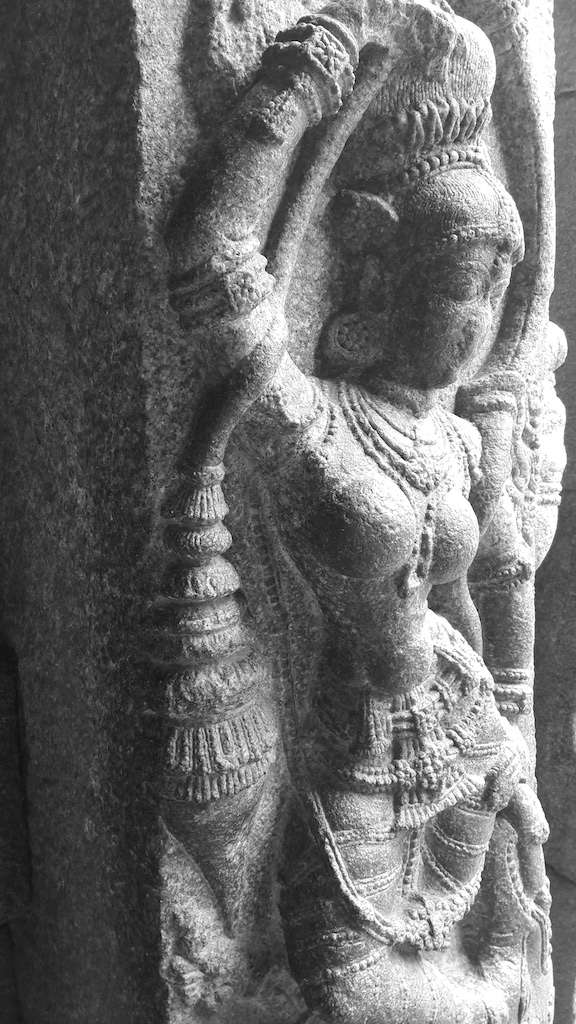
Shalabhanjika in Literature
The term Shalabhanjika has been used in many literary works including:
- Harshacharita and Kadambari, by Bana
- Viddha-shalabhanjika by Rajashekhara
- Arya-saptashati, by Givardhanacharya
- Naishadhiyacharita, by Sriharsha
Locations well-known for beautiful Shalabhanjika sculptures between the 2nd Century BCE to the 1st Century CE) include the art at Sanchi (see featured image), Bharhut, Kaushambi, Mehrauli, and Amravati. Mathura has a few masterpieces from the Kushana period (1st – 3rd Century CE). Later masterpieces include the 12th century Hoysala temples of Belur and Halebidu.
Featured image: Shalabhanjika at Sanchi Stupa (Image Copyright: The Custodians)
References
- Karnataka’s Rich Heritage – Temple Sculptures & Dancing Apsaras: An Amalgam of Hindu Mythology, Natyasastra and Silpasastra, by Lalit Chugh
- Salabhanjika Motif in Sanskrit Literature, by U. N. Roy
- Woman in Indian sculpture, by M. L. Varadpande
- Sacred Plants of India, by Nanditha Krishna


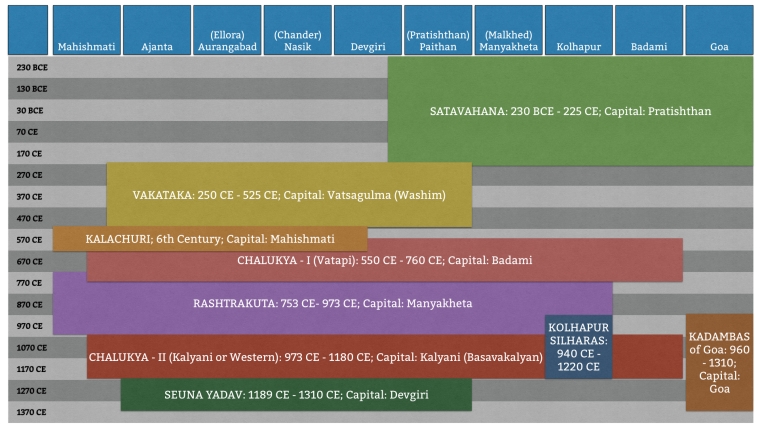

![By Rajeev kumar (Own work) [CC BY-SA 2.5], via Wikimedia Commons](https://thecustodiansin.files.wordpress.com/2016/06/asokanpillar2.jpg?w=940)
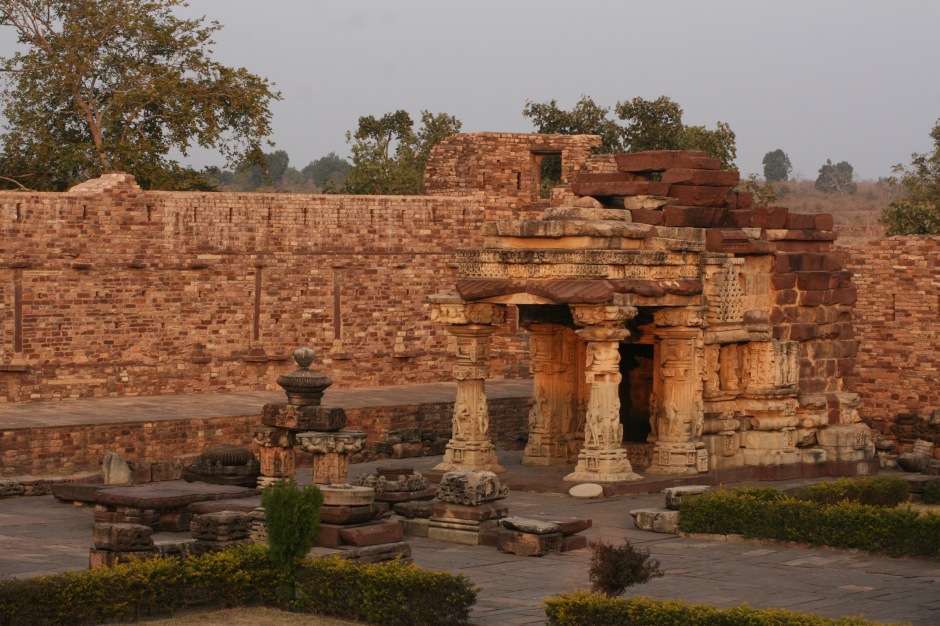

![By James Prinsep (British Library [1]) [Public domain], <a href=](https://thecustodiansin.files.wordpress.com/2016/05/the_man_mundil_or_hindoo_observatory_benares_by_james_prinsep_1832.jpg?w=760)


![By w:user:Planemad [CC BY-SA 3.0], via Wikimedia Commons](https://thecustodiansin.files.wordpress.com/2016/02/tc-featured-images-007.jpeg?w=940)
